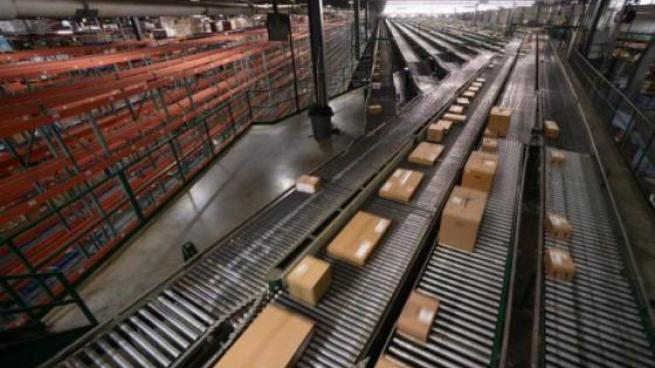How retailers can minimize expenses for the rest of the summer

As retailers head deeper into the summer, many hope for a break from several stressful months of crowded inventories, rising inflation, and timid customers.
The latest retail reports indicate sales are half of what economists expected. In the past 12 months, U.S. retail sales have only risen 1.6%, riding below the pace of inflation. As costs rise and sales revenue diminishes, many retailers are searching for ways to adapt without passing on costs to their customers.
Fortunately, there are ways for U.S. retailers to trim down operational costs this summer and avoid raising prices when they're still contending with excess inventory. Here are five steps many can take now to reduce operational costs.
Make advertising more efficient
Retailers hate wasting advertising dollars almost as much as consumers dislike encountering out-of-stock products online. They hate even more being followed around the web with ads promoting those same out-of-stock products. These sales leads are futile, offering no benefit to upholding a robust bottom line.
Marketers can avoid this mistake by leveraging accurate inventory data to switch ads off when products sell out or turn ads on when stock becomes available. Otherwise, they waste their budgets on advertising products they can't sell.
Reduce the distance between customers and their products
Environmentally conscious consumers prefer to reduce their carbon footprints whenever possible, including how they buy products. Products shipped from further away have a greater impact on the environment.
For retailers, costs go up the longer products are in transit. A modern, flexible order management system (OMS) can identify products closest to their intended customers, whether in a warehouse or a store. Products then have lower travel costs, saving retailers thousands of dollars every year and ensuring their customers receive their products in the fastest, most efficient and environmentally friendly manner possible.
Provide customers with a ‘sustainable’ option
Customers are increasingly more concerned about sustainability than speed. According to a recent customer survey, one in five global shoppers said delivery time doesn’t really matter. In the U.S. more than half were comfortable with delivery within three to five days.
Customers might also prefer one delivery for all their products combined rather than multiple deliveries.These options reduce the impact on the environment and employees and cut costs for retailers. For example, retailers can incentivize and give customers an option to avoid deliveries on Sundays or holidays. Or they can promote using electric vehicles for their "last mile" delivery.
Shrink inventory levels
U.S. retail inventories ballooned during the fourth quarter of 2022 as many companies ordered more goods in response to demand during the global pandemic.
But then, changing consumer priorities and the sudden release of a pent-up supply chain flooded the market with excess products.Backed-up inventory can be costly to store, especially as the price of warehouse space surges. By investing in technology that is ‘inventory aware,’ retailers know which products are selling well and where they are, making demand forecasting more reliable.
This approach prevents ‘overselling’ and ‘underselling’ to ensure the right products are available to customers at the right time. A flexible OMS also enables retailers to use drop ship vendors (DSVs) and have a complete and accurate view of all their inventory, despite their sometimes complex network of inventory and fulfillment locations.
Negotiate shipping costs
Retailers can save money by evaluating alternative shipping processes. This can include different transportation methods, changes in packaging or optional couriers to help reduce costs. The smaller the package, the fewer fees there are to pay for shipping. And shipping services should be professional and reliable to avoid spending money in vain.
Conclusion
Running a retail business requires many operating costs, but there is an opportunity to reduce them by automating processes or negotiating with suppliers for a better deal. Investing in a modern and flexible order management system can help retailers be ‘inventory aware’ and get their finances into great shape while experiencing huge efficiencies that reduce costs across their businesses all year long.





